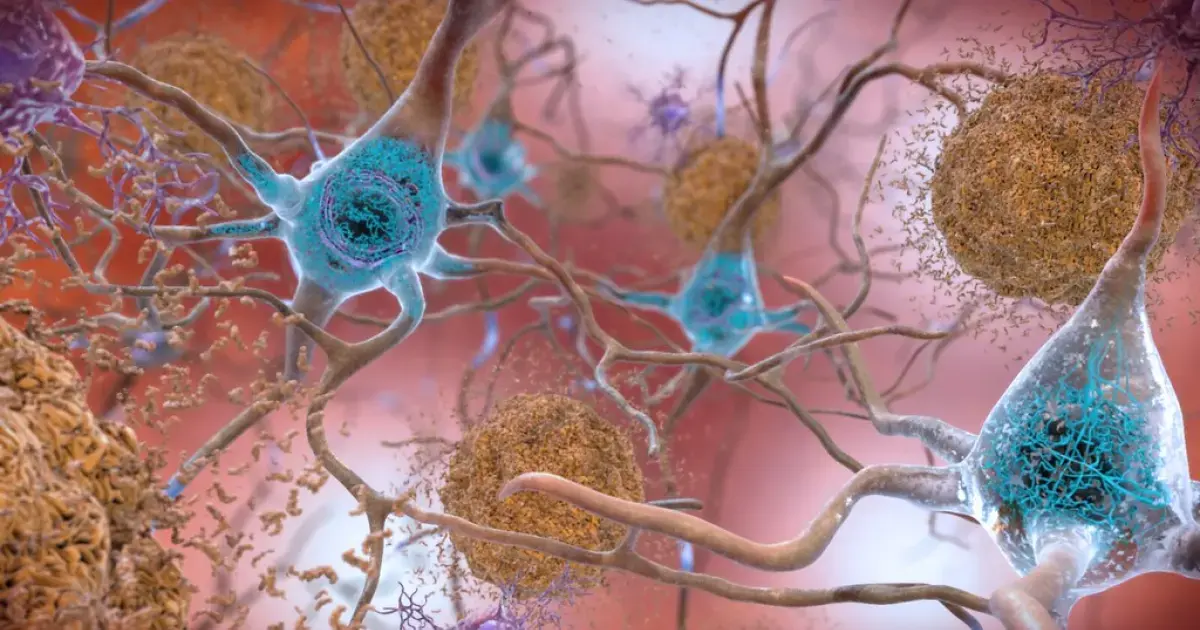 A team of researchers from the French National Center for Scientific Research (CNRS) has discovered that unique nanoscale proteins derived from camel and llama antibodies can penetrate intercellular spaces more adeptly than any other antibodies. The researchers predict that these tiny molecules could eventually protect the brain from hard-to-treat ailments, such as and schizophrenia, as reported by Science Alert.
A team of researchers from the French National Center for Scientific Research (CNRS) has discovered that unique nanoscale proteins derived from camel and llama antibodies can penetrate intercellular spaces more adeptly than any other antibodies. The researchers predict that these tiny molecules could eventually protect the brain from hard-to-treat ailments, such as and schizophrenia, as reported by Science Alert.
Antibodies are proteins that our immune system uses to identify unwanted materials in the body (viruses, toxins, etc.), which are then targeted for removal like trash. Nanobodies—truncated versions of these proteins—can access hard-to-reach areas of the body and neutralize harmful substances.
What Did the Scientists Discover?
Researchers at CNRS believe that the small size of nanobodies makes them ideal for penetrating the brain and treating its tissues with fewer side effects. Interestingly, four methods using nanobodies for treating other parts of the body have already been approved.
Members of the camel family (including llamas, camels, and alpacas) naturally produce antibodies that are smaller than human ones. Scientists have refined these in laboratory conditions, making them about ten times smaller than the common Y-shaped immunoglobulin G.
While it is known that sharks also produce nanobodies, our mammalian relatives have a biological constitution that aligns best with the human immune system. Nanobodies from camels have already shown effectiveness in protecting humans against influenza A and B, gastrointestinal norovirus, COVID-19, and even HIV.
Until recently, it was believed that nanobodies could not be used to treat brain diseases because human kidneys filter them out of the bloodstream before they can reach their target. There was also a prevailing notion that they could not easily cross the blood-brain barrier—the critical checkpoint for any drugs affecting the .

However, researchers have now resolved most of these issues. Laboratory experiments on animal models have shown that modified nanobodies can cross the blood-brain barrier, identify, and eliminate key markers of Alzheimer’s disease—tau proteins and beta-amyloid.
“Camelid nanobodies are opening a new era in biological therapy for brain diseases. We believe that nanobodies could become a new class of drugs that occupy an intermediate position between conventional antibodies and small molecules,” said Philippe Rondeau, a neuropharmacologist at CNRS. But before these drugs can be used in the human brain, scientists need to assess their stability, proper folding, and ensure there is no aggregation, Rondeau emphasized.
Researchers also need to learn more about how exactly camelid nanobodies penetrate the blood-brain barrier and how long they remain in the brain. This knowledge is essential for determining the correct dosage, noted co-author Pierre-André Lafon, a functional genomics specialist.
Perhaps one day we will thank camels for preserving our precious . The study’s findings were published in the journal Trends in Pharmacological Sciences.
Photo: Openverse, Unsplash
